In today’s blog we’re answering some FAQs about floating shelves. Here’s everything you need to know about this sleek storage solution.
Is a floating wall shelf safe?
Floating shelves are safe so long as they are properly installed, and you don’t overload them. Something else to keep in mind is that you don’t want floating shelves to be easily accessible to small children, who could pull things off the shelf and get hurt. You also shouldn’t hang floating shelves above beds.
Where should I hang a floating shelf?
We recommend all floating shelves make contact with at least one stud in the wall, but two is optimal, and if your shelf is longer, obviously you’ll want to connect with as many studs as you can. Why shouldn’t you install yourself directly into drywall or plaster? Because without a strong anchor to the wall, the shelf could fall off the wall—and no one wants that. You don’t want to risk that for safety reasons.
Why do wood floating shelves sag or tilt?
If your floating shelf is tilting—that is, if the front of the shelf appears lower than the back of the shelf, that points to a lack of strong supports. You could be using incorrect brackets, or the shelf might not have been installed properly. It’s important to remove everything off the shelf and take it off the wall when you see it start tilting, or if you notice the wood warping in any way. A shelf that’s sagging in the middle with warped wood means that the shelf is not strong enough to support whatever it’s holding. Both tilting and sagging shelves should be promptly removed from the wall to avoid shelf failure.
Can a floating wood shelf hold a lot of weight?
This ultimately comes down to two factors: shelf dimensions and where you hang them. Deeper shelves typically have a lower weight capacity—the further away from the wall the shelf extends, the less weight it can hold. Shelves installed into masonry blocks or studs will also have higher weight capacity than if you choose not to anchor your shelf to a stud.
The floating shelf brackets you use also affect floating shelf strength. We use floating shelf brackets from HOVR, which are a big improvement over traditional L-brackets. This bracket system makes contact with the entire shelf length, which is much more secure. At an eight inch depth, the HOVR system is about 13 times stronger than traditional floating shelf hardware.
Are wooden floating shelves in style?
While there are always trends that come and go, floating shelves have been on-trend for many years, and don't show signs of going away anytime soon. Floating shelves are a sleek and elegant way to use wall space for storage. When rendered in solid wood, like the ones we make, they’re one of the quickest and easiest ways to upgrade your home décor. You can make a floating shelf work with your unique style by changing the edging style—opt for a more ornate edge like Roman Ogee if your style leans more traditional, or softly rounded for a contemporary look. And of course, much of what gives a floating shelf its vibe is what’s displayed on it. Whatever you store on a floating shelf tells a story about you—the shelf is just there to frame and support that story!


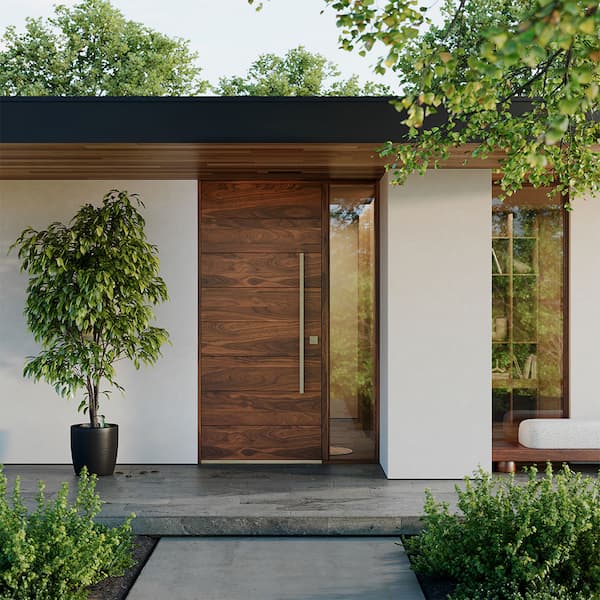


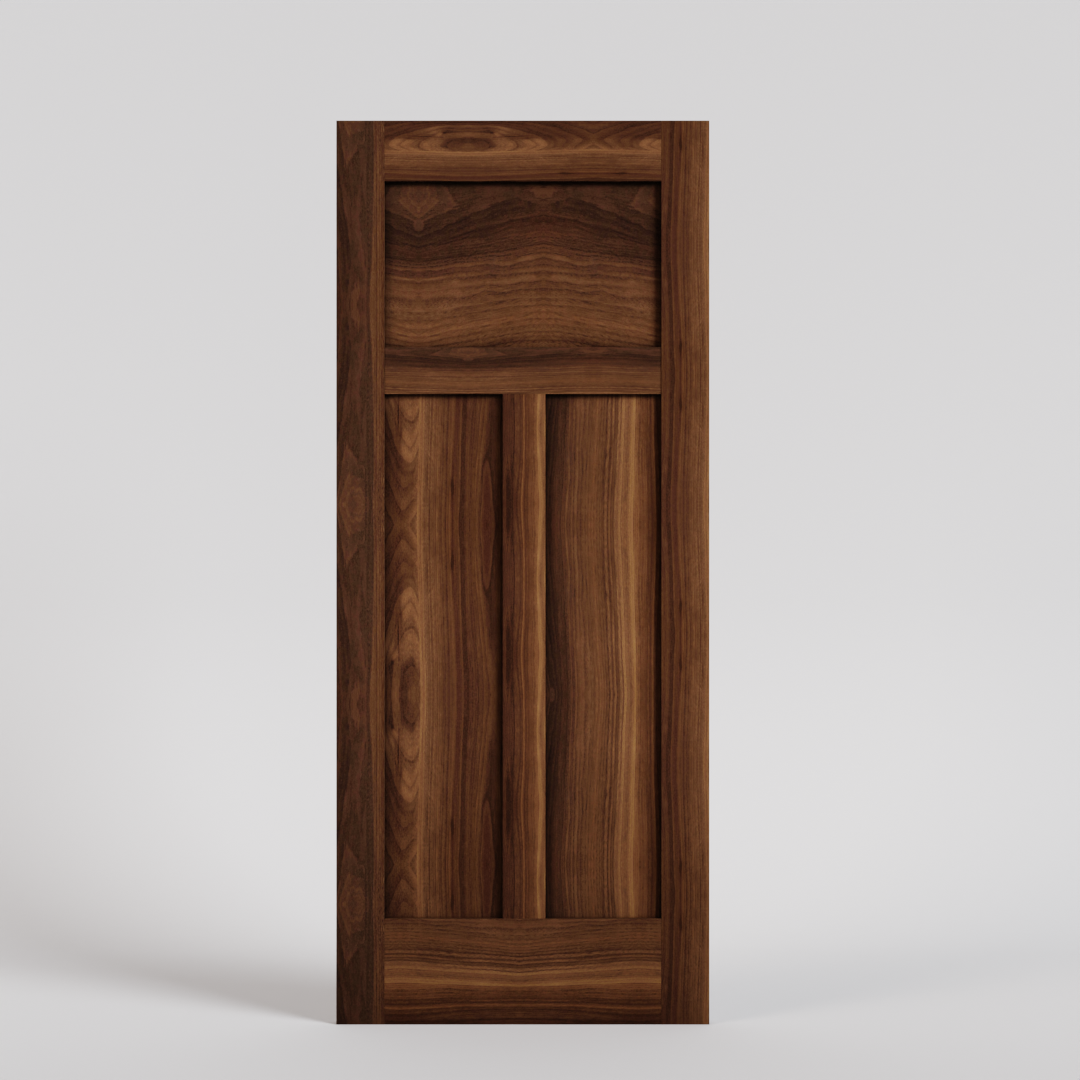
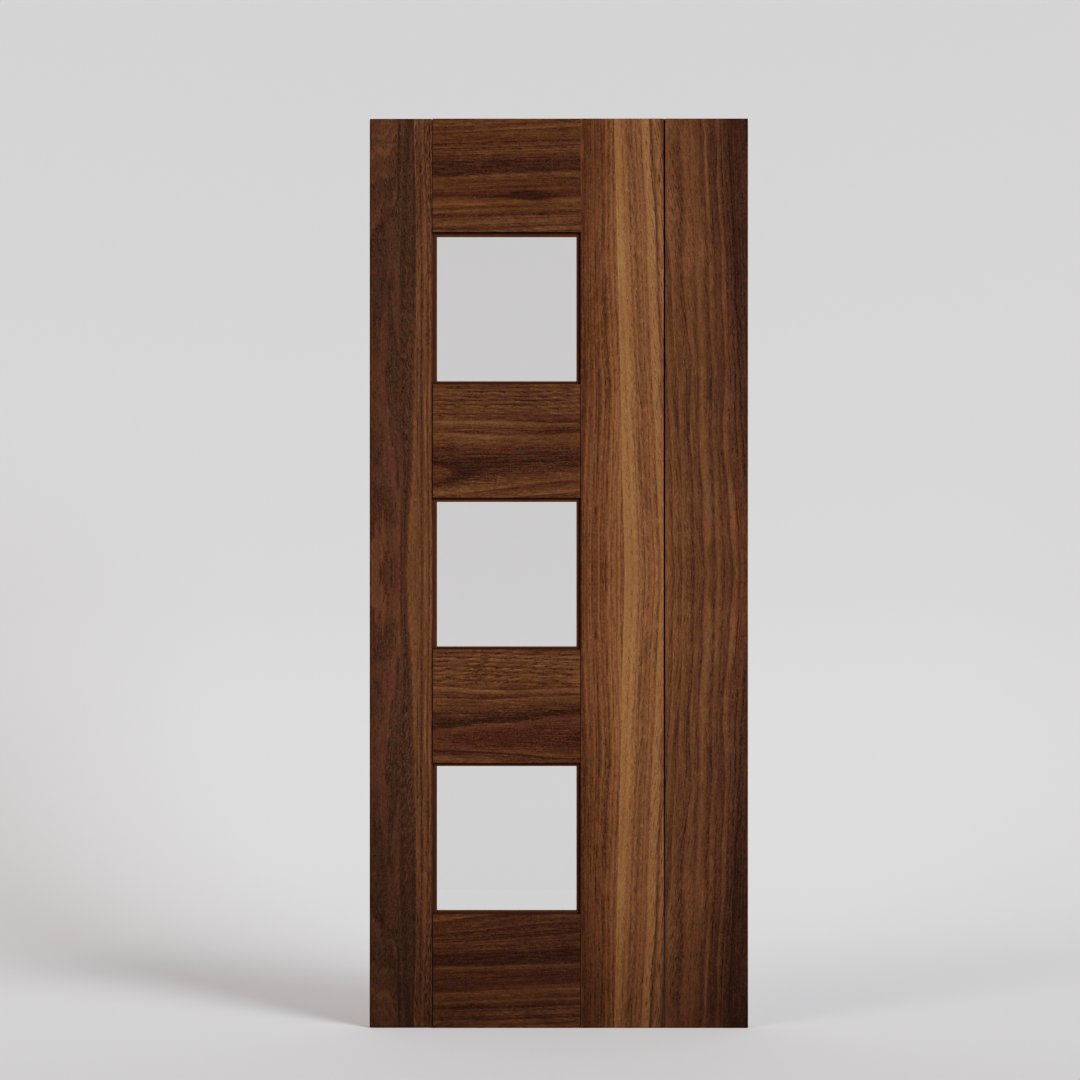
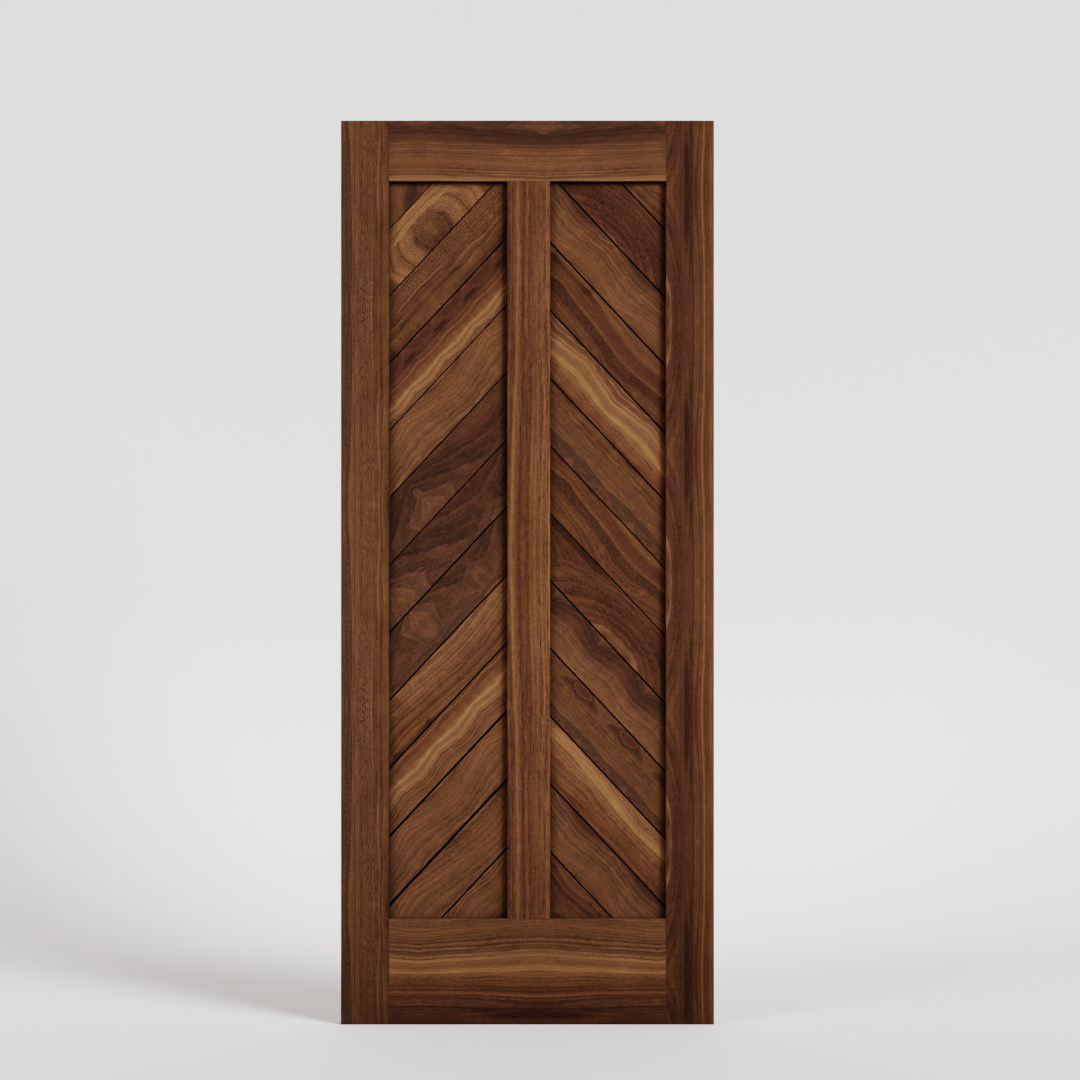
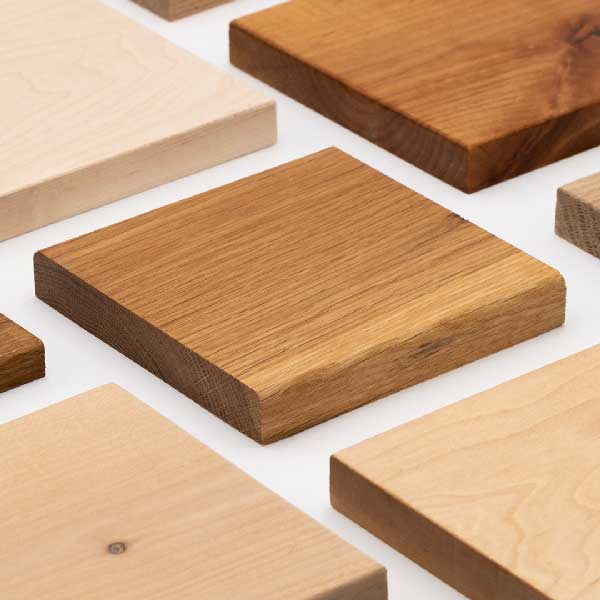

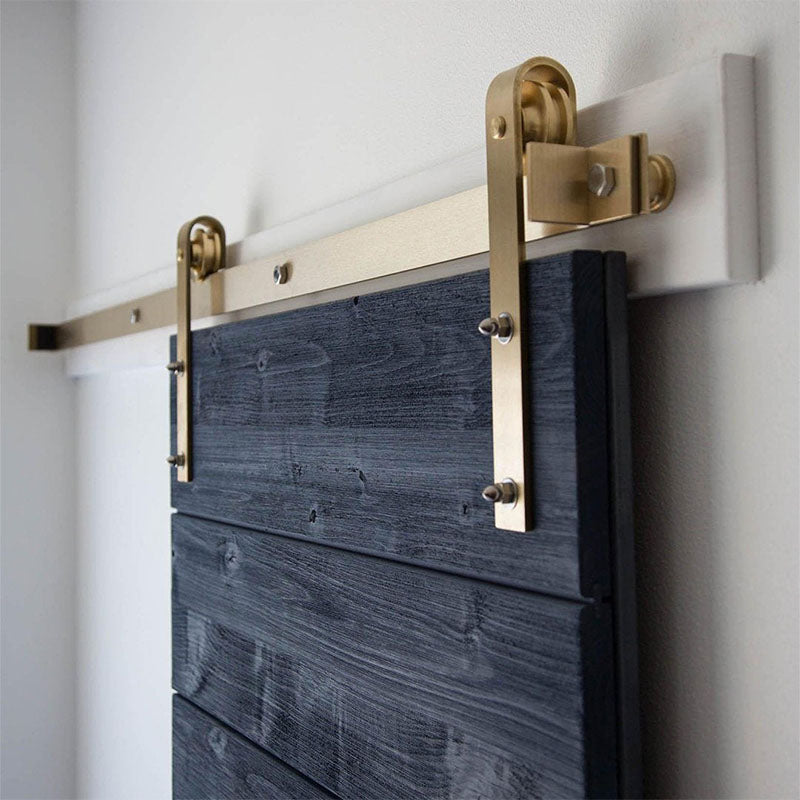
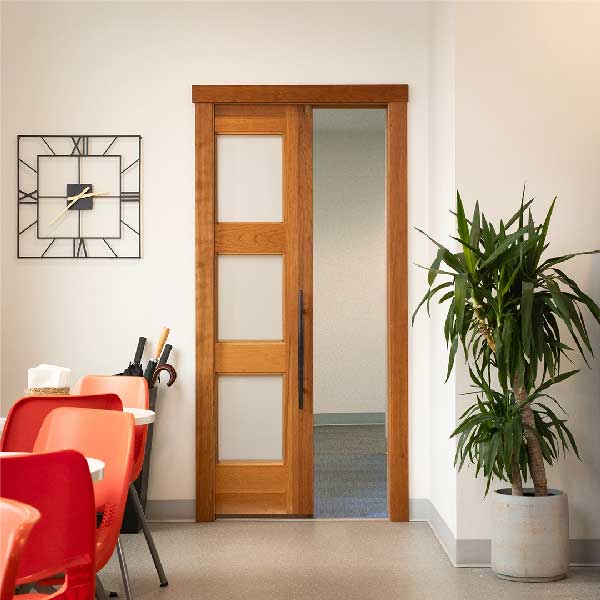

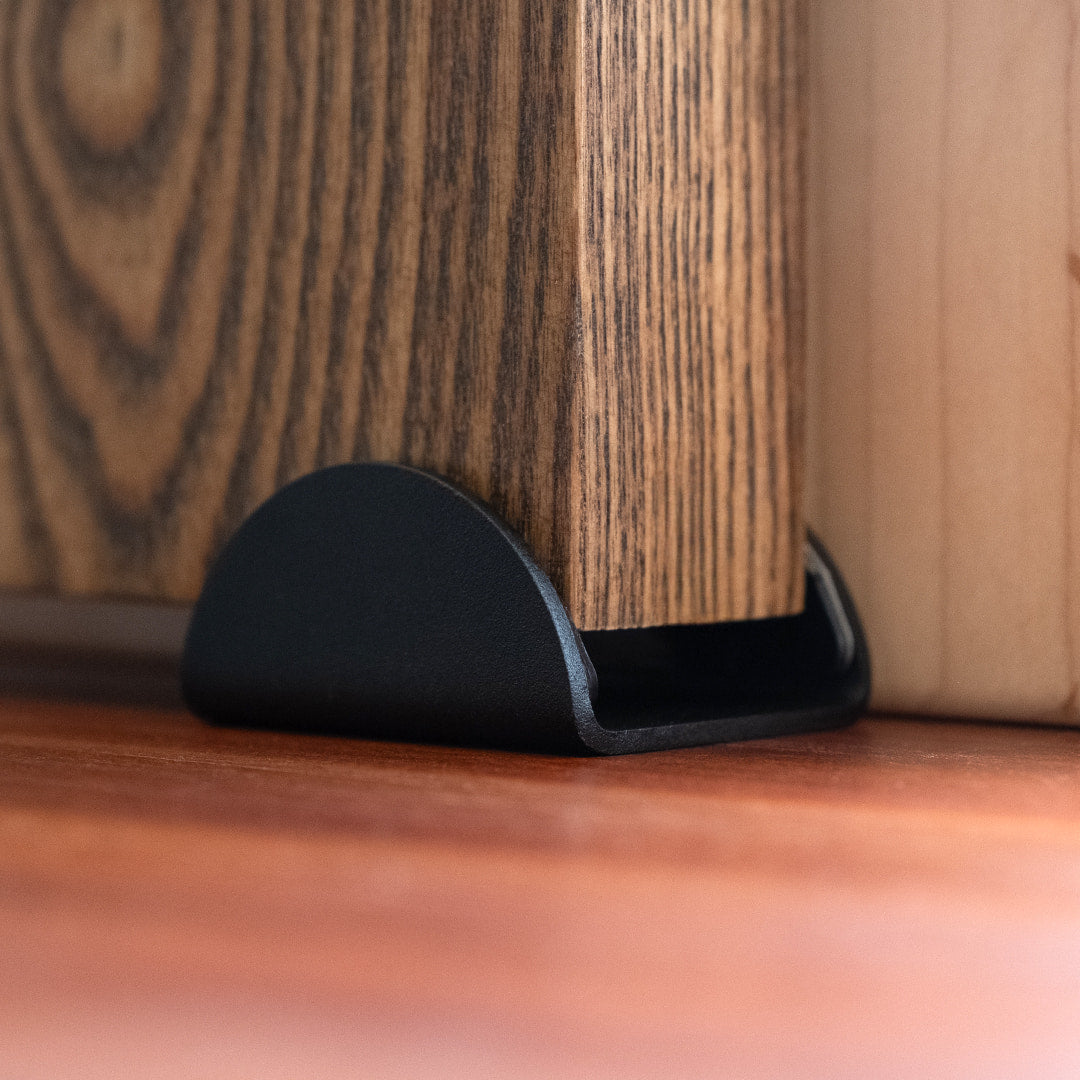
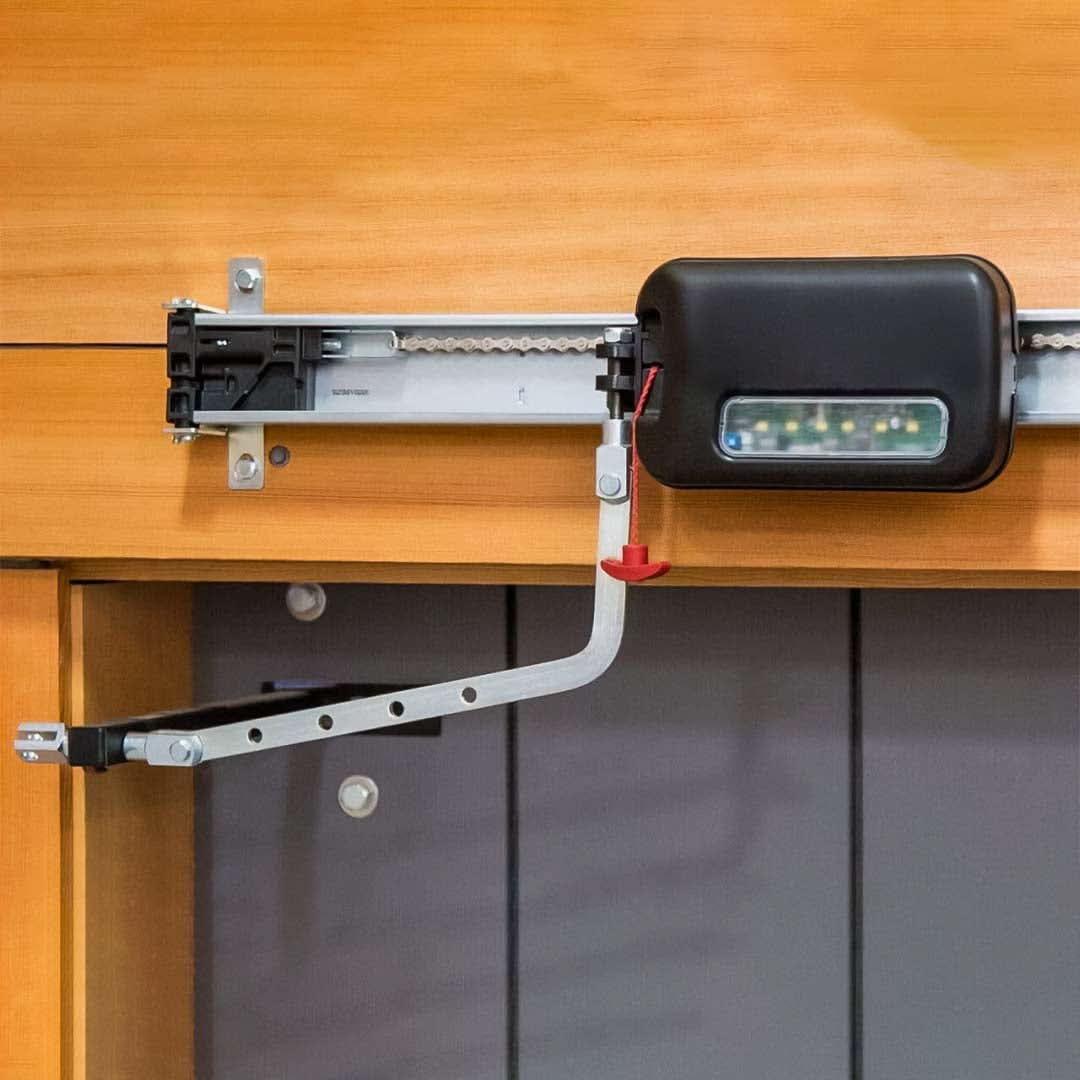






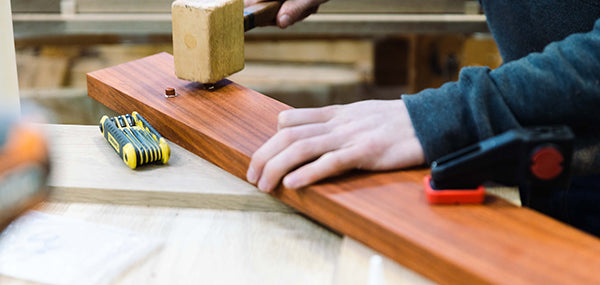

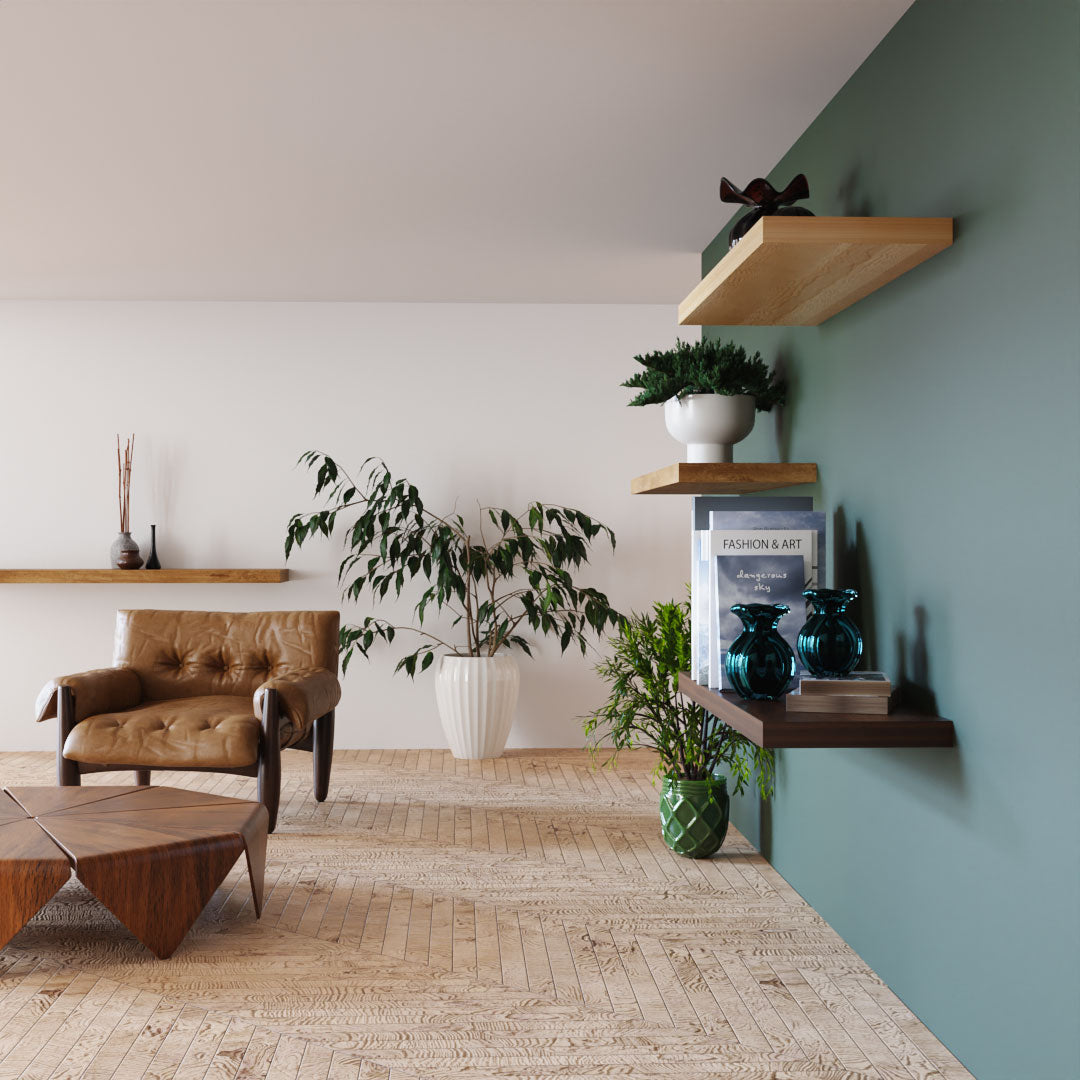


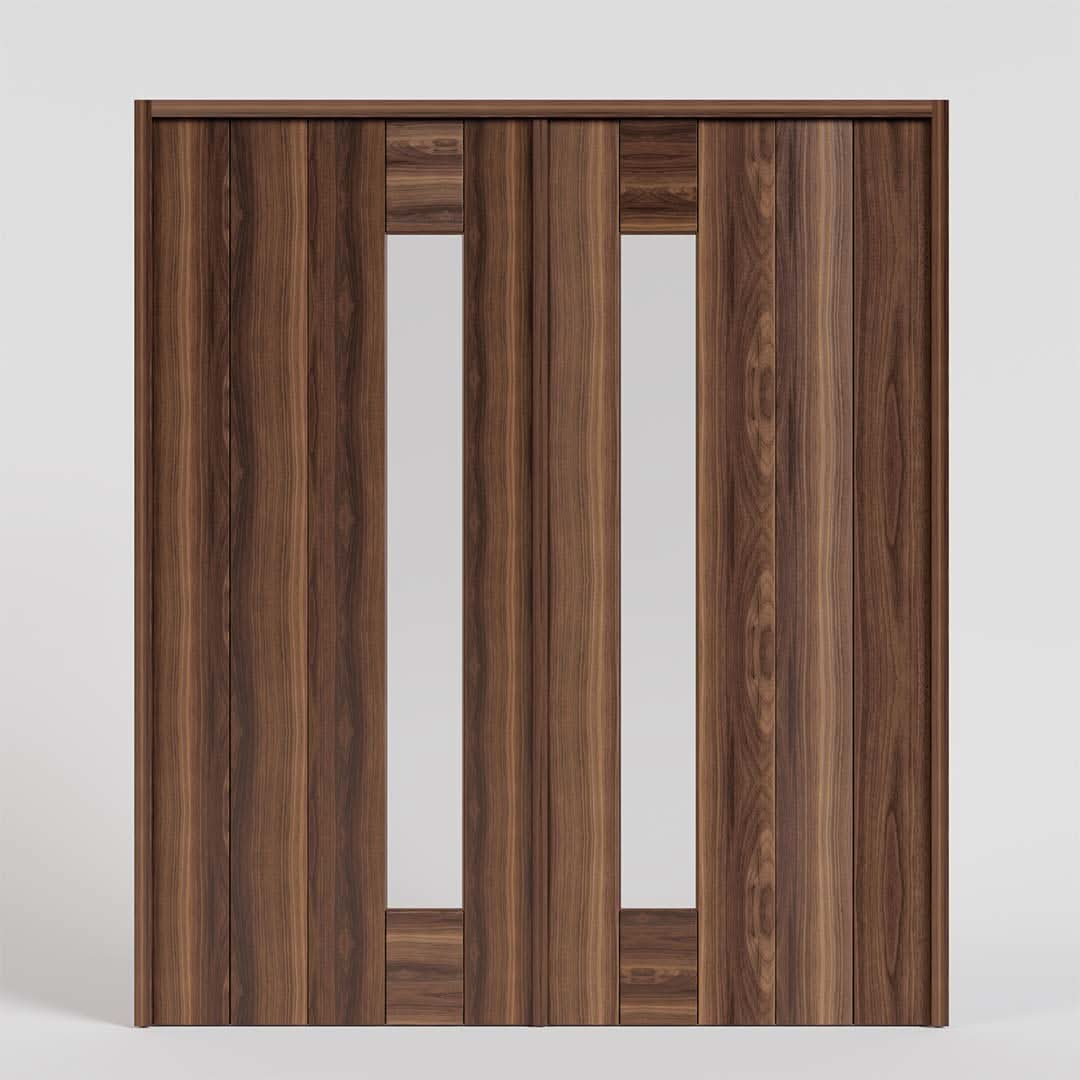
Rick jerabek
October 03, 2025
I was pleasantly surprised by how easily they are to install. Directions for drywall or block installation are clear and easy to follow. They provide a nice upgrade to any empty wall space. The service from the company, Batodo, is excellent.